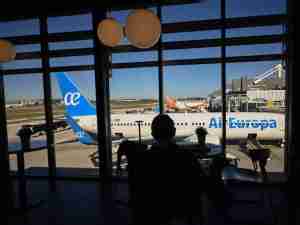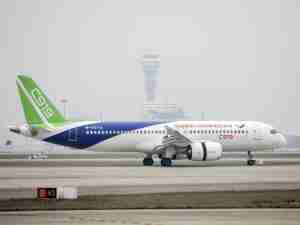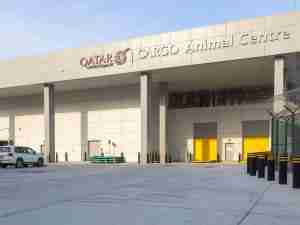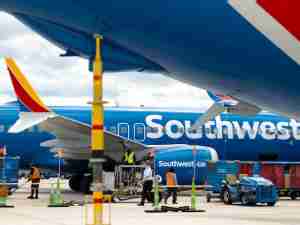ANTONOV Airlines has carried out 23 flights in under a month to aid with the reconstruction of Saipan in the Northern Mariana Islands, which was left devastated after the island was hit by Super Typhoon Yutu.
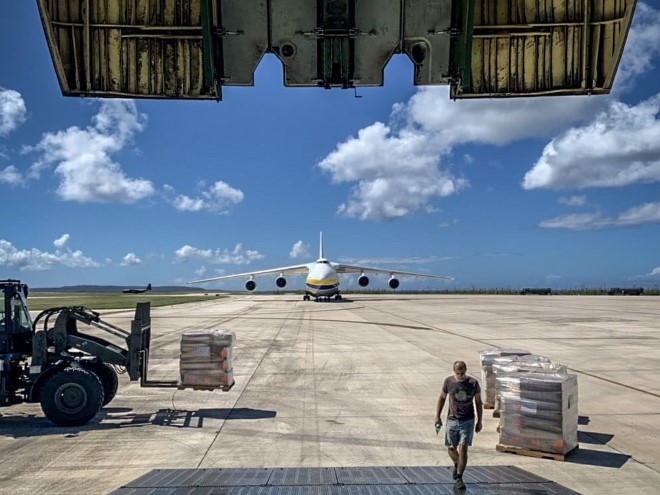
The Ukraine-based carrier worked with Air Partner Plc to transport the relief goods and humanitarian aid, using its AN-124-100 to complete the missions to the Western Pacific island in less than 30 days.
The operation took place less than a month after ANTONOV Airlines had been involved with the transport of more equipment and supplies to Guam on an AN-225 ‘Mriya’, in the aftermath of Super Typhoon Mangkhut, also working with Air Partner.
“Both of these projects in the Western Pacific proved significantly challenging given the sheer volume of goods, totalling 1,500 tonnes, and very short timeframe in which to deliver, coupled with the fact that both destinations were in remote locations,” said Ruslan Bykovets, Head of Commercial Department, ANTONOV Airlines.
“We mobilised our AN-225 for the Guam operation and our AN-124-100 for the Saipan mission, working very closely with all parties involved to ensure that the cargo was delivered successfully and that the much-needed relief reached the affected populations.
“These two projects demonstrated the fast reactions and flexibility of the company and the reliability of our aircraft in emergency situations, to handle the speedy transport of large quantities of cargo to difficult-to-reach locations.”
The first delivery of cargo reached Saipan the day after the typhoon hit, and established ANTONOV Airlines as one of the first commercial airlines to have transported relief supplies.
Preparations began a day before the typhoon even reached the Northern Mariana Islands, with the cargo including ready-to-eat meals, water, tents, and other supplies.
The Open Skies Agreement between Ukraine and the US, which grants the airline a blanket exemption and gives unlimited flights to and from the US, enables ANTONOV Airlines to carry any type of cargo with only a few hours’ notice, and without the need for a US Department of Transport (DoT) statement of authorisation, which is crucial in time-critical emergency scenarios when deployment is needed within a very short timeframe.
